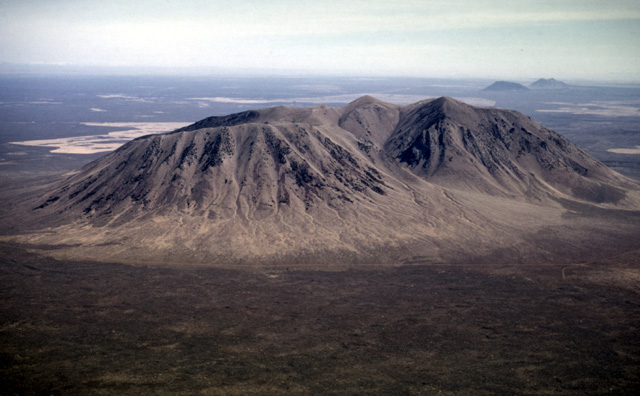Modeling the Yellowstone magma plume with a vat of sugar water
Ars Technica » Scientific Method 2013-04-11

If you're a fan of volcanoes—and really, who isn't?—you're probably aware of the Yellowstone supervolcano. The current caldera sits above a plume of magma that currently powers the national park's geysers and hot springs, but in the past has been the source of massive eruptions. And since the North American plate is drifting across the site of the mantle plume, each of these earlier eruptions took place further to the west of the one that came after it. By traveling west from Yellowstone, you can track eruptions backward in time.
It's a great story, but it's only true up to a point, and that point is somewhere near the Washington-Idaho border. That's where the eruptions that form the Snake River Plain (which ends at Yellowstone) give out, and the High Laval Plains begin. When that happens, the age progression reverses: suddenly, as you move west, the volcanoes get younger. Confusing matters further, just to the north there are even older deposits where the magma bursts out of the Earth in floods rather than through volcanoes. There have been several competing explanations for this, but now some researchers claim to have sorted it all out. Their tool? A small vat full of sugar water.
Tectonic events—things like volcanoes and Earthquakes—tend to occur rather suddenly. But the engines that power them, like plate movement and the rising of magma plumes, occur on a leisurely scale, often traveling just a few millimeters a year. That makes studying these sorts of processes rather challenging, since most researchers (and even fewer grant funding agencies) are willing to engage in a project that takes millions of years to reach any conclusions.
Read 9 remaining paragraphs | Comments